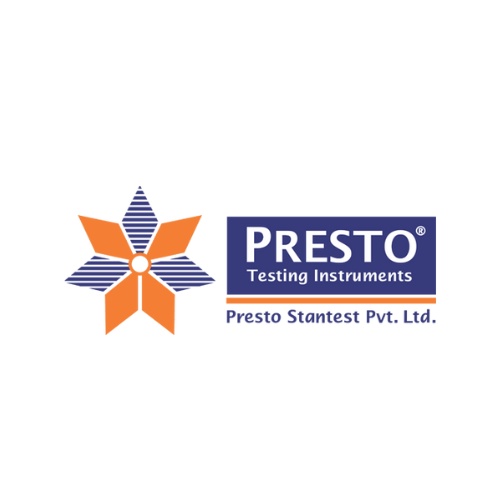Laboratory testing equipment plays a crucial role in ensuring the quality, safety, and compliance of packaging materials and products in the industry. From assessing material properties to evaluating performance characteristics, the right equipment is essential for maintaining product integrity and meeting regulatory requirements. In this guide, we'll explore the key factors to consider when choosing laboratory testing equipment for the packaging industry.

Understanding Laboratory Testing Equipment
Laboratory testing equipment encompasses a wide range of instruments and tools designed to measure various parameters related to packaging materials and products. These include tensile testers, compression testers, burst testers, moisture analyzers, and more. Each type of equipment serves specific testing purposes, allowing manufacturers to evaluate different aspects of packaging performance and quality.
Factors to Consider When Choosing Laboratory Testing Equipment
1. Testing Requirements
Identify the specific testing requirements of your packaging materials and products. Consider factors such as material composition, dimensions, strength properties, and regulatory standards to determine the most suitable equipment for your needs.
2. Test Methods and Standards
Ensure that the laboratory testing equipment you choose is capable of performing the required test methods and complying with relevant industry standards and regulations. Familiarize yourself with ASTM, ISO, and other standardized testing procedures to make informed decisions about equipment selection.
3. Accuracy and Precision
Select laboratory testing equipment that offers high levels of accuracy and precision in measurement. Reliable and repeatable test results are essential for maintaining consistency and reliability in quality control processes.
4. Versatility and Flexibility
Choose equipment that provides versatility and flexibility in testing capabilities. Look for instruments that can accommodate a wide range of sample sizes, shapes, and configurations to meet diverse testing needs.
5. Ease of Use and Maintenance
Consider the ease of use and maintenance requirements of the laboratory testing equipment. Opt for user-friendly interfaces, intuitive controls, and easy-to-follow procedures to streamline testing processes and minimize downtime due to maintenance.
6. Data Management and Analysis
Look for equipment that offers robust data management and analysis capabilities. Features such as data logging, graphical visualization, and statistical analysis tools can enhance productivity and decision-making in the laboratory.
7. Cost and Budget
Evaluate the cost-effectiveness of laboratory testing equipment in relation to your budget constraints. Consider the initial purchase price, ongoing maintenance costs, and potential return on investment in terms of improved quality and efficiency.
Conclusion
Choosing the right laboratory testing equipment is essential for ensuring the quality, safety, and compliance of packaging materials and products in the industry. By considering factors such as testing requirements, standards compliance, accuracy, versatility, ease of use, and cost-effectiveness, manufacturers can select the most suitable equipment to meet their needs and achieve their quality assurance goals.


No comments yet